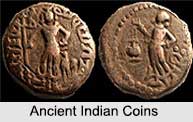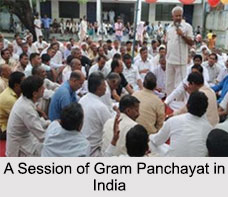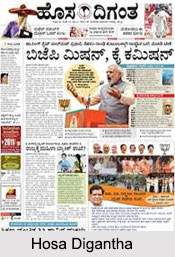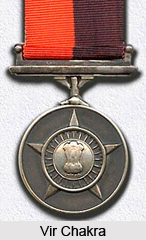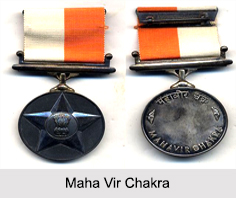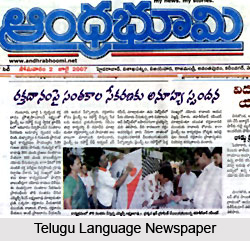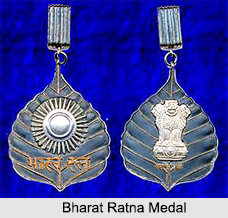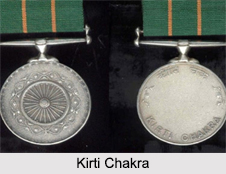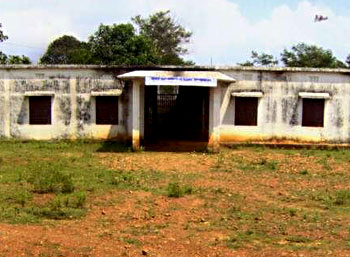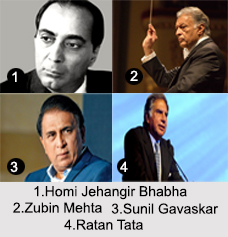The position of Secretariat in Ancient India had not been developed in early age. It is considered that Government orders were orally issued by the king and communicated to the villages by word of mouth. As kingdoms expanded, functions of government were becoming more numerous some type of a Central Secretariat existed in the courts of Yudhishthir and Jarasandha, Ajatashatru or Mahapadmananda. In the Mauryan period the secretariat had developed into a full-fledged and well-developed organisation. The senior officers of department were known as lekhakas. The status of the secretariat officials was high under the Satavahans.
Administrative efficiency depended upon the ability of the secretariat officers. They were supposed to have high qualifications as ministers as far as education, ability and dependability were concerned. They had to be experts in drafting and it was their business to listen to the oral orders of the king and to draft them properly and accurately as quickly as possible. They would look into the previous files and assure themselves that there was no contradiction of earlier views and then frame the wording of the new communication. Facts were stated either in their chronological sequence or as per importance.
The secretariat consisted of councillors and assessors. They occupied the highest posts of the government and took part in the administration of public affairs. They were small in number however were known for its superior wisdom and justice. They enjoyed the prerogative of choosing governors, chiefs of provinces, deputy governors, superintendents of treasury and agriculture, generals of the army and admirals of the navy.
There is less information regarding the working of the secretariat in the Sunga, Satavahana and Gupta kingdoms. However it worked on lines more or less similar to that have been mentioned above. Secretariat was known as srikarana under the Chahmanas and Chalukyas. There are evidences regarding the functions of the secretariat of the Chola Empire. The king used to pass his orders upon a matter and the secretariat officers connected with it were present on the occasion. One secretary wrote the order and it was compared and attested by two or three others. It was entered into registers by the secretaries of the departments and then despatched to its destination. The secretariat had a big record office. When the kings used to pass verbal orders they were taken down by a personal secretary called Tiru vayakkkelvi in south Indian records. The officer who took down the orders of the king-in-council was called Tirumundir Olai in South India.
One of the most important duties the secretariat is the supervision and control of the provincial, district and local administrations. The decisions of the central government were communicated to the local authorities through the secretariat through special messengers. The work was entrusted to high officers. They have been described in the Deccan Vakataka records as kulaputras who carry the commands of the Central Government.







